Bonfires at Night Safety Tips: Protecting Your Community, Pets & Environment
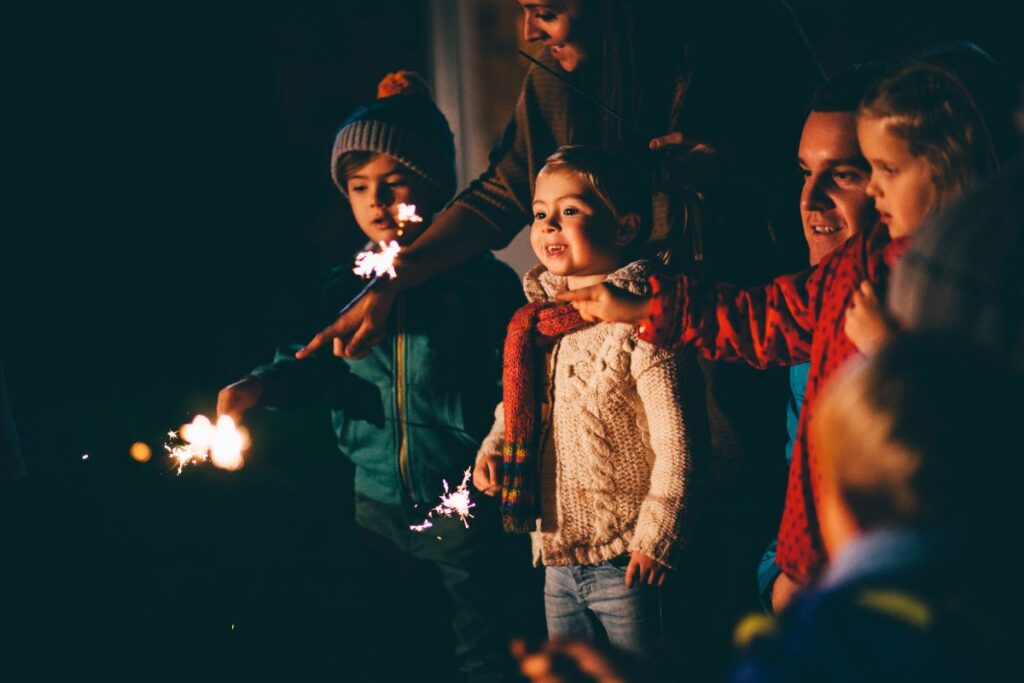
SEARCH BLOG POSTS
SEARCH BY CATEGORIES
SEARCH BY MONTH
Bonfire Night is just around the corner and, while we love seeing our community come together for this traditional autumnal celebration, safety remains our top priority. We’ve seen firsthand how quickly things can go wrong with lighting bonfires, improper firework displays, or the burning of household rubbish and other types of waste, which can quickly escalate into a statutory nuisance or even anti-social behaviour.
That’s why we’ve put together this essential guide full of bonfire night safety tips to ensure your Bonfire Night celebrations are memorable for all the right reasons. Whether you’re hosting your own garden bonfire or attending a professional firework display, here’s how to stay safe, respectful, and within environmental guidelines.
How To Plan a Safe Bonfire Night Event
A well-organised fireworks event not only prevents accidents but also avoids unnecessary pressure on emergency services. With proper planning, your Bonfire Night can be remembered for festive fun, not as one of those nuisance bonfires reported to Environmental Health.
Choosing a Safe Location
Pick a clear, open space, away from homes, vehicles, and roads to avoid posing a danger to traffic. Always maintain a safe distance from spectators using a suitable barrier, especially in public space settings. Check the bonfire pile for animals in advance. Advice for animal owners includes checking for hedgehogs and relocating them safely. Never light a bonfire unattended, especially near wet wood, engine oil, or domestic waste.
Notify landowners or farmers in advance, especially if you’re near livestock. Respect the attitude to fireworks in your area – some communities may not welcome them, especially outside of Guy Fawkes Day and Firework Night.
Gathering Proper Equipment and Supplies
Make sure you’re well prepared with:
- A bucket of water or two
- A metal bin with sand for sparklers
- Fire extinguishers
- Buckets of water for emergencies
- Fireproof gloves and eye protection
Don’t forget to use dry wood or unpainted wood – avoid untreated wood, household waste, or acrid smoke-producing items. Burning preloved items or household rubbish is illegal and environmentally harmful – use a waste management facility or try waste by composting instead.
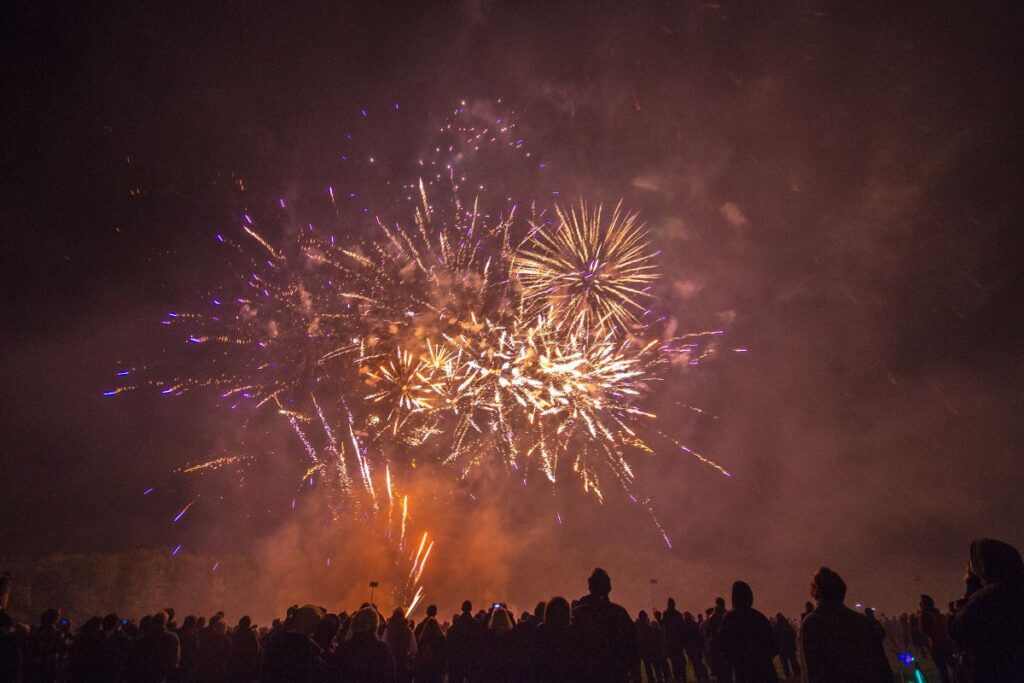
Firework Safety & Storage
Buy only adult fireworks from licensed sellers. The sale of fireworks is restricted for safety. Look for CE-marked products, never use damaged ones, and store in closed containers away from children.
Don’t mix fireworks displays with antisocial behaviour – use them responsibly. Treat every firework with respect to reduce the noise level and impact on animals during firework displays.
Lighting & Dealing with Fireworks
When lighting, use a taper at arm’s length and never go back to a dud. Soak it in a bucket of water and leave it overnight. Avoid lighting in windy conditions where air pollutant levels can rise, especially near your nearest neighbours.
Encourage safe bonfire practices: no throwing, no rushing, and no party poppers in fire areas. Use this as a chance to teach children about the History of England and the true meaning of the 1605 annual events.
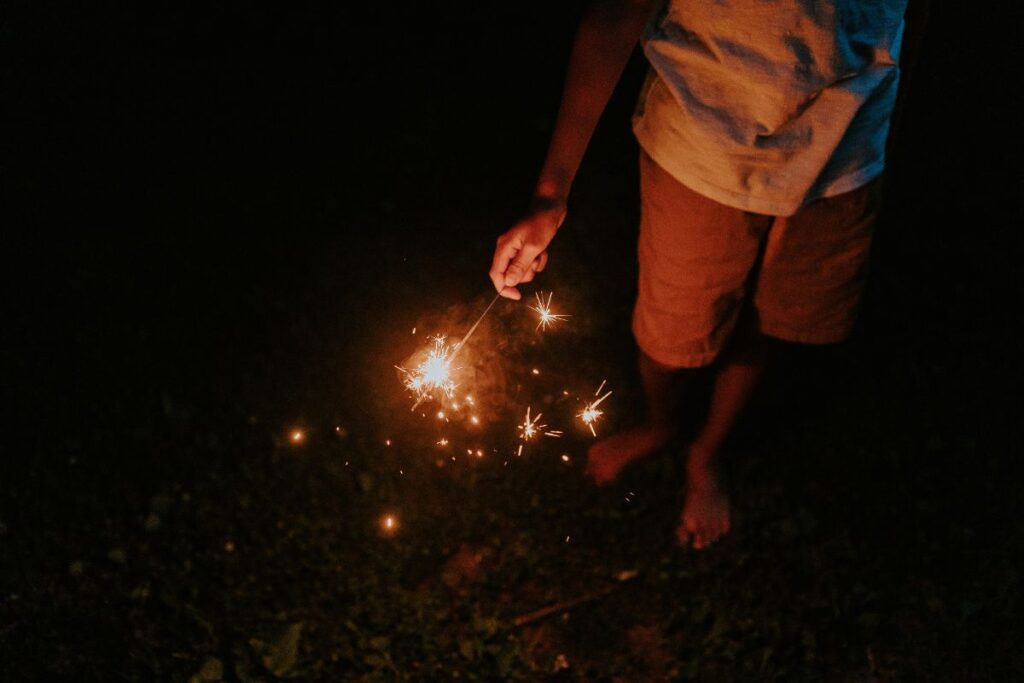
Cleaning Up and Disposing of Fireworks Responsibly
After the fireworks, make your area safe. Use gloves and dispose of cooled items correctly – acrid smoke from smouldering materials can be hazardous. Never burn leftover clothing items, personal care items, or electronic items in your bonfire.
For larger clean-ups, consider your core functionality as a host: keeping the area tidy, reducing risk, and protecting wildlife. Use recycling where possible and consult local guidelines before disposing of any hazardous materials.
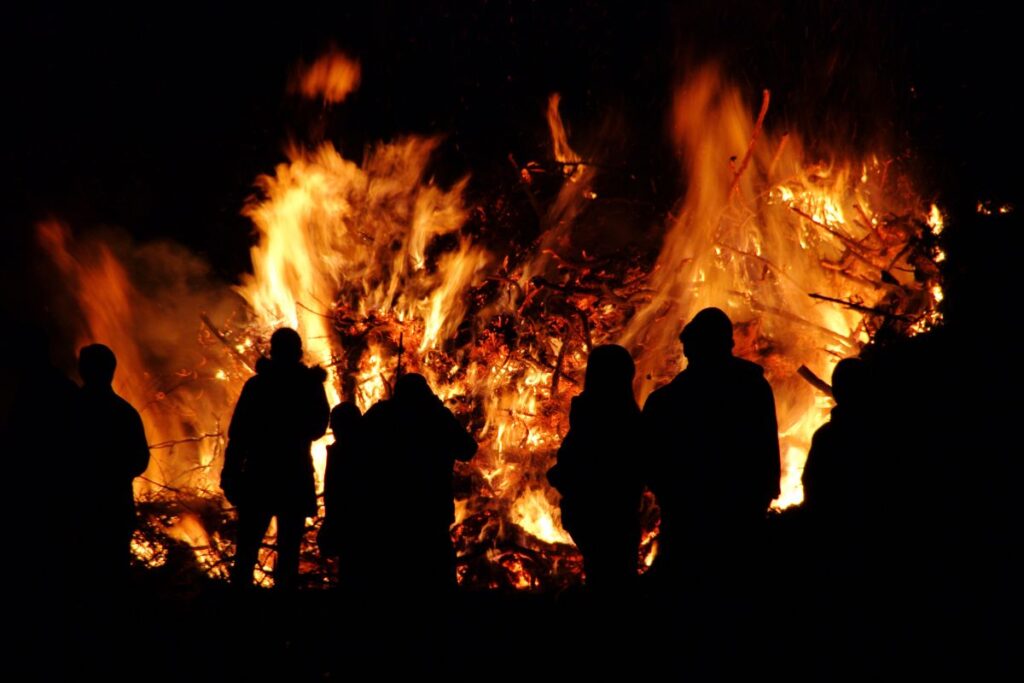
Bonfire Night Safety Essentials
The charm of a garden bonfire during Bonfire Night is timeless, yet even a simple pile of wood can turn into a disaster without proper planning.
Building a Secure Bonfire
Enjoy the occasion while keeping safe by always:
- Building your bonfire using dry wood only
- Avoiding wet wood, painted, or treated materials
- Placing it far from buildings and trees
- Creating a suitable barrier and maintain a safe distance
Avoid setting fires near street corners or where smoke could become a nuisance to neighbours or traffic.
Checking for Wildlife
Before lighting, check for animals, especially if the pile’s been sitting a while. Use a pole to gently lift from the base to avoid harming hedgehogs or cats.
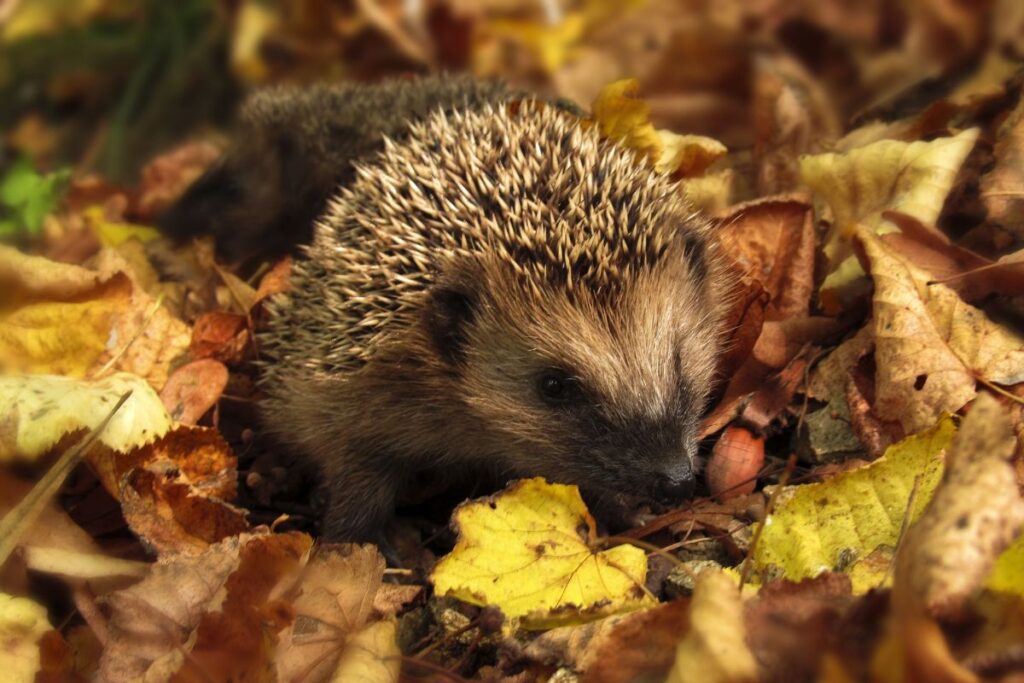
Safe Management of Bonfires at Night
Bonfires are powerful. Keep a bucket of water or a hose nearby, and don’t leave the bonfire unattended. After the fun, allow the fire to die down, then carefully extinguish the remaining embers. Use water, rake through the ashes, and make sure they’re cool to the touch.
Keeping Children and Pets Safe
For children, use age-appropriate education. Establish clear boundaries. Assign an adult per child and don’t let them wander close to the bonfire or fireworks.
Pets panic from loud bangs. Before lighting bonfires or fireworks:
- Keep animals indoors
- Close curtains and doors
- Play white noise
- Create a safe, familiar space
Never bring animals to Bonfire Night or fireworks events, no matter how calm they seem.
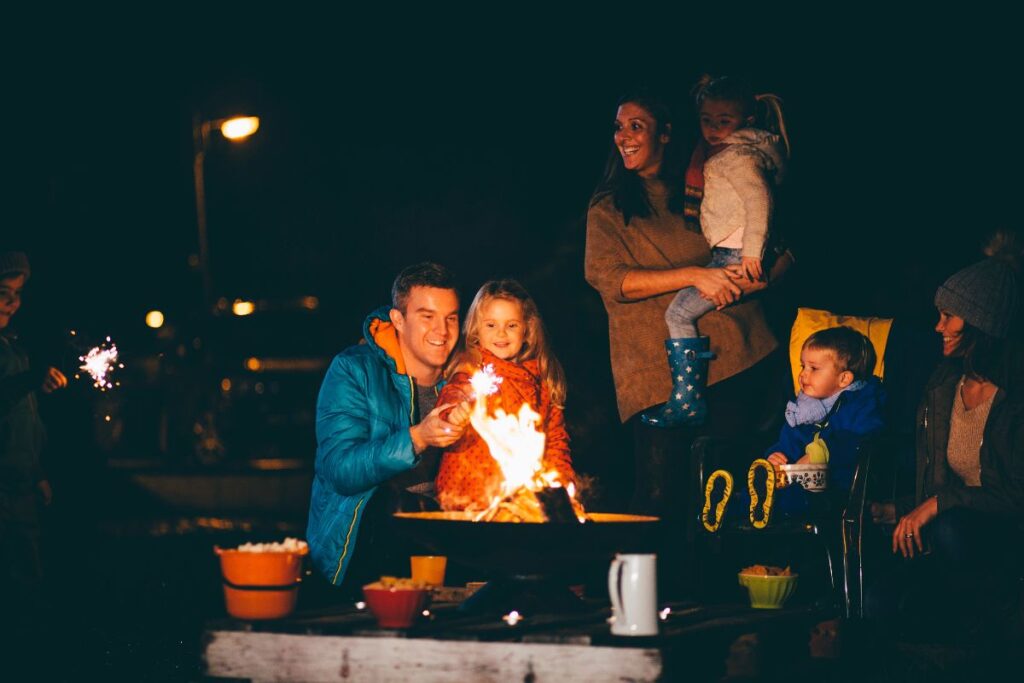
First Aid & Emergency Readiness
Accidents can happen around bonfires at night – be prepared:
- Stock your first aid kit
- Learn to treat burns (cold water for 10 minutes)
- Know your location in case of an emergency
- Keep routes clear for emergency services
Conclusion
Wherever you celebrate this Bonfire Night, be respectful of your neighbours, pets, the environment, and emergency responders. Cornwall Air Ambulance stands ready 365 days a year, providing lifesaving services to those critically injured or unwell – but we hope your celebrations stay joyful and safe.
If you’re inspired by this night of tradition and light, consider supporting lifesaving missions through a donation or hosting a fundraiser, even a tea party event can help fund our crucial missions.